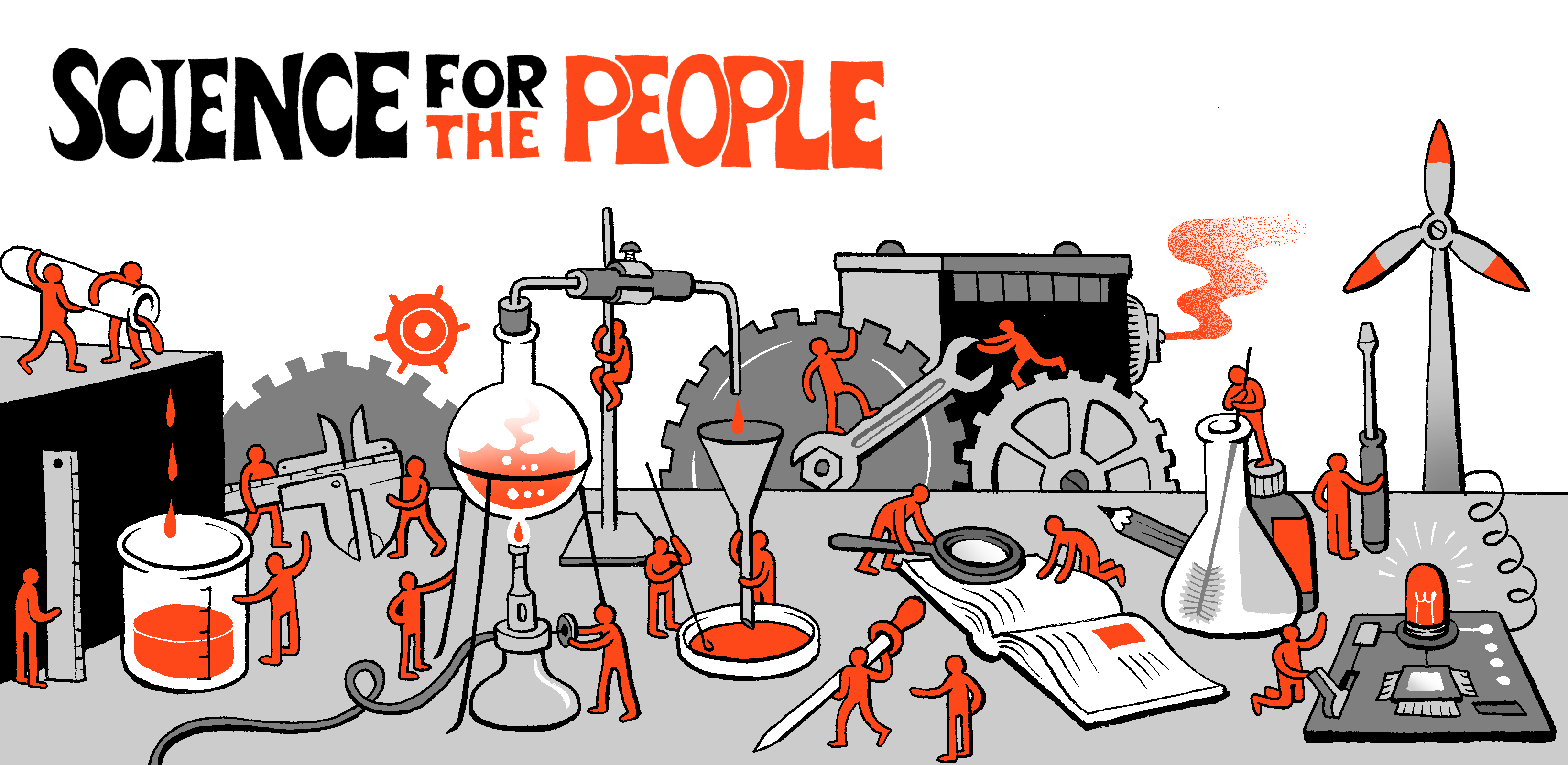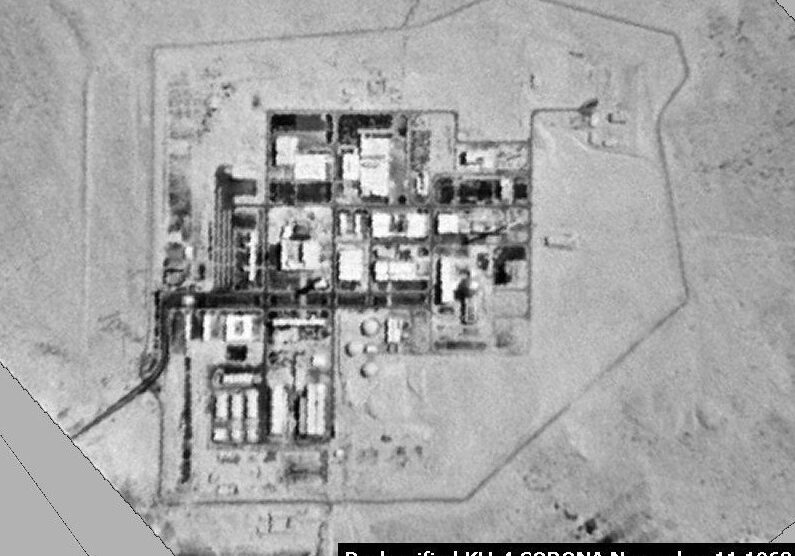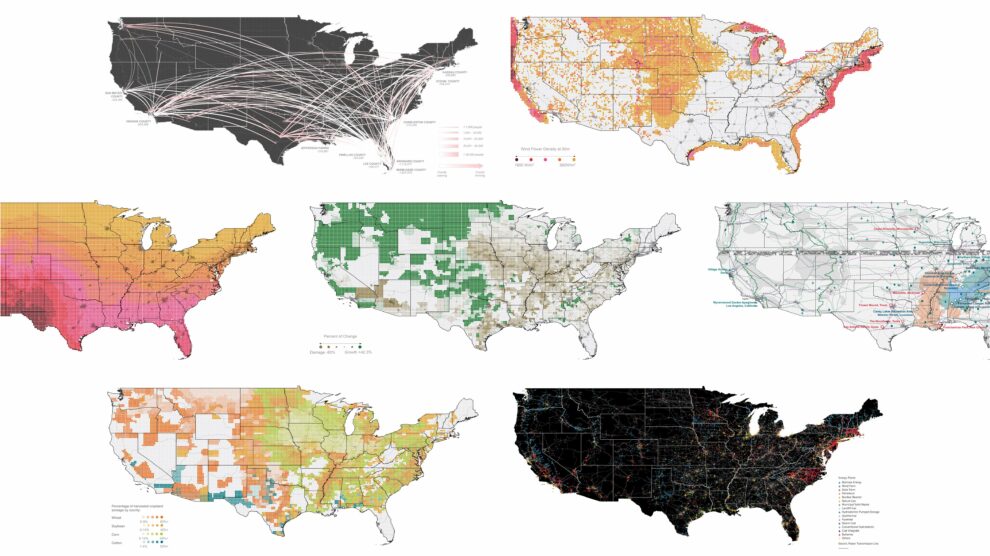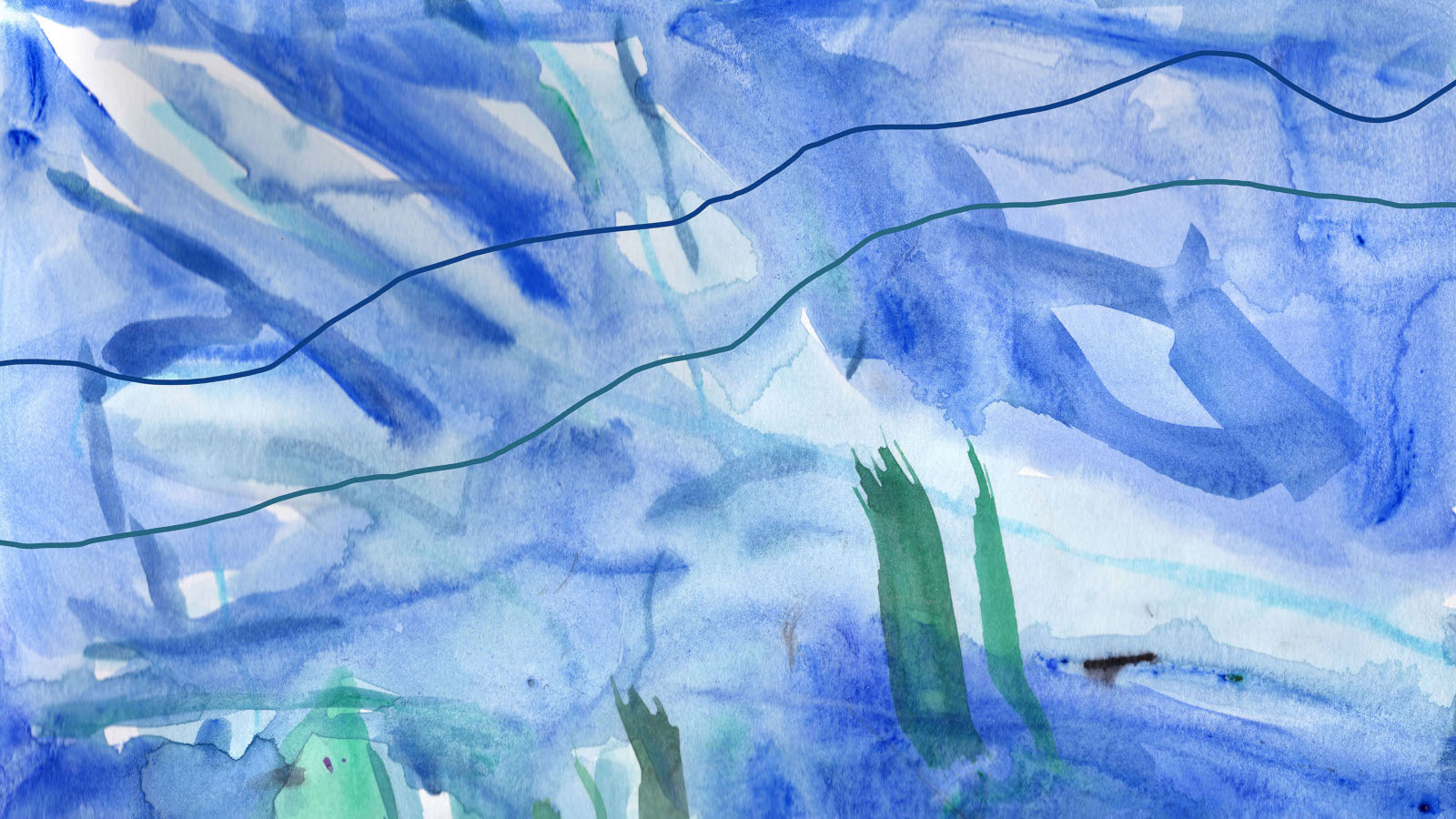In the Heart of the Storm: An Interview with Donna Haraway
Part 1: Species-Being in the Age of Climate Change, Coronavirus, and Capitalism
By Katherine Bryant and Erik Wallenberg
Volume 23, number 3, Bio-Politics
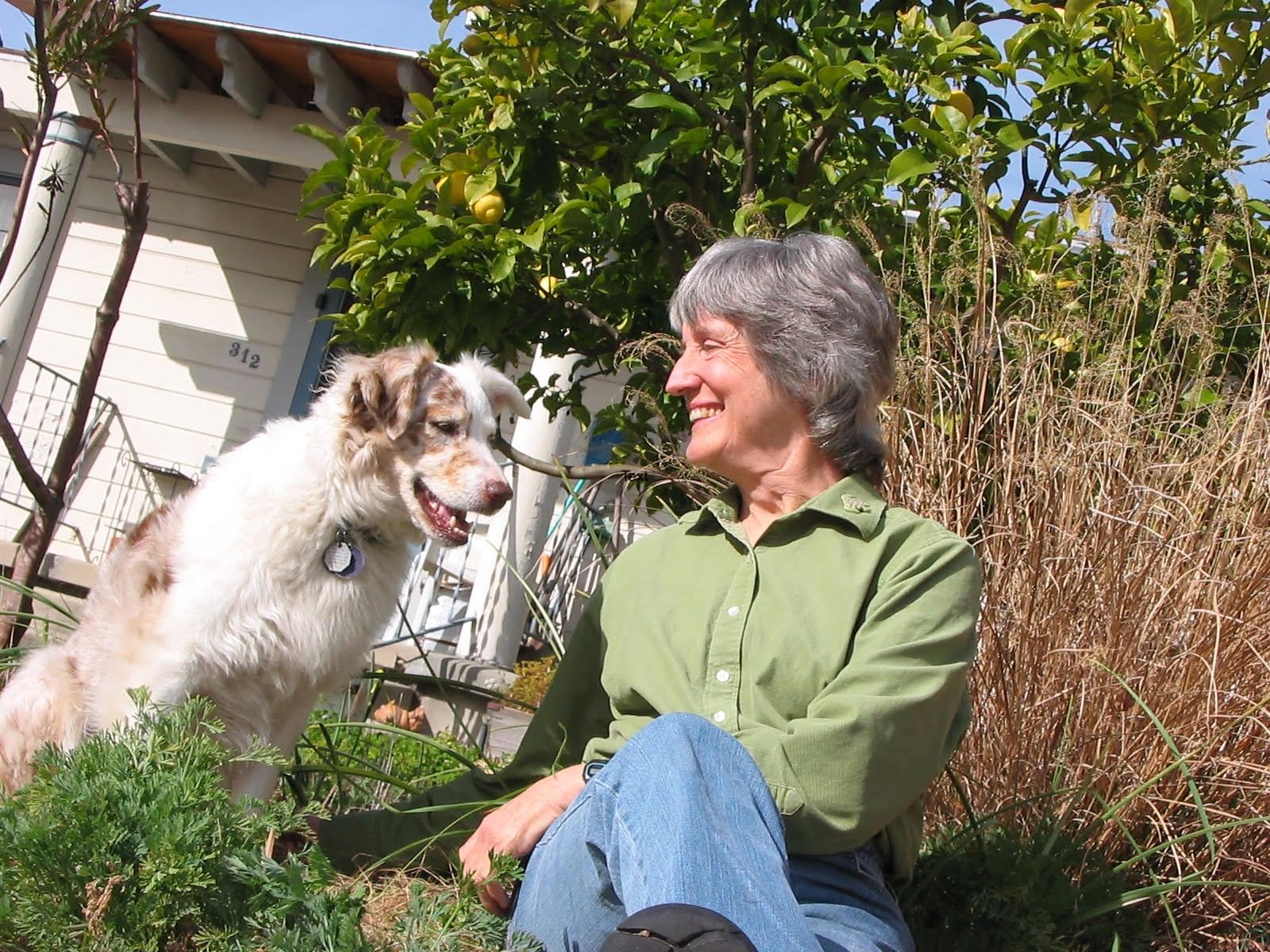
Donna Haraway is Distinguished Professor Emerita in the History of Consciousness Department at the University of California, Santa Cruz. During her prolific career she has written dozens of books and articles bringing together intersecting fields of study including science, technology, feminism, climate change, and anthropology. In the summer of 2020, Katherine Bryant, secretary of Science for the People, and Erik Wallenberg, Acquisitions Editor at Science for the People, spoke with Haraway about the crises and rebellions of 2020, prospects for the future, and what we might learn from the history of past struggles. This interview has been edited for length and clarity.
This is the first of three parts of our interview with Dr. Haraway. You can read the second part, which was published in the “Bio-Politics” issue of Science for the People, here and the third part here.
Katherine Bryant: Dr. Haraway, we’re excited to be able to talk with you. You write and speak often about climate change and more recently about the global pandemic. Can you tell us how you see these global crises in relation to each other, and to the extractive industries and technologies of our current moment in global history?
Donna Haraway: The pandemic, global warming, and the crises of extraction are profoundly co-constitutive and interrelated. I think I would start from the Brazilian Amazon for this moment, for example, where the Bolsonaro government—but much longer than Bolsonaro, backed by all kinds of international forces—has been involved in the long term conversion of the Brazilian Amazon into settlements and ranches, the clearing and the fires, and the extraordinary destruction of the Amazon forest and its peoples, so that the extinction crisis is an extermination crisis, and a genocide crisis, for many many Amazonian Indigenous groups. Clearly, this was going on before COVID-19 hit the scene, before the second coronavirus. But that said, the spread of infection into Amazonia and into Indigenous communities is frankly genocidal, and is accompanied by even stronger pushes from the Bolsonaro government toward yet further extraction and cutting and fires, so that the fires are expected to be worse this year than last. This intersects with the extinction crisis—the degree to which lifeways of human and non-human beings are, in this moment, in the heart of the storm.
You can look at what’s going on right now in the United States in terms of pandemic capitals of the world, including the Navajo Nation and the extreme and long-term drought and long-term draining of aquifers over the history of coal mining on Black Mesa and the role of the Navajo Generating Station which is not owned by the Navajo Nation—never has been—and the role of fossil fuel energy production in an area where both clean water and electricity are not available to the people who live there. But these modes of extraction feed the desert cities of the Southwest and are involved in major trans-mountain water transfers in which water on one side of the mountains is, through burning of fossil fuels, moved through aqueducts, through all sorts of means, to another side of the mountain to feed the kind of capitalist developmentalism that we know so well. The pandemic heightens and intensifies the suffering in the face of the dependent sovereignty, the disinvestment, the extraction, and the convergence of these problems. I think of Dine Bikéyah, the Black Mesa Water Coalition, Leave it in the Ground, Idle No More, I think of all kinds of organizations [because] this is not a time just of oppression, or further extraction, it is also a time of both old and new organization. These groups have been organizing and self-fundraising through various means, including GoFundMe, using the money to procure food, water, and as much protective equipment as possible for local people in the Navajo Nation.
So you can connect these crises in place after place. You can start that analysis in cities, too. You can start that analysis from many places of intense convergence of these things. My way of working is always to cite the beginning of thinking someplace, not from the sky, but someplace, and unwind the threads and watch the way they re-tangle. It becomes connected, but it doesn’t work from an overview.
KB: How does this fit in terms of climate change and your notions of the Chthulucene and Plantationocene which you lay out in your book Staying with the Trouble: Making Kin in the Chthulucene?
DH: Those of course are both troubled words, at least as troubled as Anthropocene but differently so. I think of the Cthulucene as an affirmation of the Earth, of the ongoing processes and comings together and comings apart of the earthly ones. Hardly innocent. But it’s not a skygod concept and it’s not an anthropos concept. It’s a way of naming the earthly ones who become with each other and are at stack to each other. So that if I have a cousin, the cousin has me. If a people has a mountain, a mountain has the people. If I have a city, the city has me. It’s about the kind of entanglement of the earthly ones. It’s for the Earth. So the Chthulucene is not instead of other concepts, say like the capitalocene which is I think a really important way of naming this conjuncture we’re in.
As for Plantationocene, I use that term for the history of the capitalist planted plantations in Hawaii or in the South Pacific or the contemporary palm plantation or the rubber plantations in Liberia, these giant monocrop plantings based on forms of labour exploitation. They are not always in the form of chattel slavery but are especially in the form of chattel slavery in the history of the Caribbean and in the United States and in Brazil and so forth. So it’s really important to distinguish modes of labor exploitation and labor organization and not lump them. The problem with all of these terms is the stories become too big, too fast, and suck the air out of the room, and the really important critical in-place differentiation that is the ground of any possible alliance is not enabled.
And still I think it’s important to risk big concepts, like these, and like capitalism, but not to mistake the really important analytical abstraction for the world itself. These words are good examples of that problem, as is my own experience of these words and the traps I’ve walked into or built for myself. We need to call each other to account, hopefully in a somewhat kindly manner.
I was taught to think about working by addition rather than subtraction so that various work doesn’t substitute for other work. You don’t make taboo—let’s say a word like the Anthropocene—you don’t work by making something forbidden. You work by adding something that perhaps changes the condition of storytelling for the entire analytical and narrative field—but maybe not. You work by addition and proposition, not by subtraction and critique, in that sense of destructive critique.
KB: Speaking of constructive critique or adding on: Could you talk about the relationship between Science with the capital “S” and sciences, lower case and plural, and other forms of knowledge?
DH: Or in friction with all of the sciences! Well, that’s a very big question.
KB: Can you talk about Science in relation to Indigenous knowledge-making or Indigenous sciences in relation to some of these issues?
DH: There’s no question that part of the history of racial colonial capitalism has been the simultaneous appropriation and repurposing of Indigenous knowledge on the one hand, and the devaluing and erasure of Indigenous knowledges. The relegation of Indigenous knowledge systems to “culture” or to “religion” or to “the sacred,” are ways of meaning “not reason” or “not modern” or “not elite” or “not authoritative.” So there is the long, ongoing history of that, and to forget that is a terrible mistake. For example, look at the controversy over the telescopes on Mauna Kea in Hawaii, and watch the inability of the astronomers to even understand what it meant. It was a kind of brain damage that was allied to the capital “S” Science, over and against the capital “S” Sacred. There are ways in which Hawaiian activists walk into that, by deploying the concept of the sacred in ways that are not as attentive as they might be to the trap that the concept of the sacred is for place-based people’s knowledges and for the assertion of place-based authority, and people authority—capital “P” people—but it’s a complicated issue.
I’m always the kind of person who wants to somehow find a contact zone. Because I really love astronomy and astrophysics and you know these incredible ways of getting knowledge of deep space and those telescopes and I’m not about to disavow these sciences as acts of love for the world we’re in. But sometimes the arrogance is breathtaking. What about slow science? What about not doing that telescope for the next 50 years, until a whole lot of agreements get reached, or maybe never? Maybe put at risk these good plans, but plans that become ungood, because of the ways they trample other people’s rights. And it may very well be that Indigenous Hawaiians never want those telescopes there, and want some decommissioning of telescopes. Or not. A lot might depend on the questions of respect and actual ability to form a contact zone.
On the other hand, on the part of various Indigenous groups whose struggles I have watched—mind you I am a colonial white person doing the watching. I sometimes feel that there are some modes of knowledge – diet, land, fire regimes, water preservation, multi-species cohabitation—which give evidence that Indigenous knowledge systems are better than the capitalist developmental science systems for long-term cohabitation of peoples, including nonhuman animals, and that these knowledges need to be forwarded. And these are real knowledges, not “culture.” And then I think there is a strong need to build these contact zones, where ways of knowledge become at risk to each other and not just one way, so that there’s at least a contact zone.
Erik Wallenberg: Relatedly, there are raging debates around the role of technology in these questions of climate change, COVID-19, and how we think about the human-made technologies versus the natural world. You’ve of course written extensively about this and about the barrier between—or the lack of a barrier between—the technological and the natural. I heard you recently say that we need to “refuse blissed-out techno fixes” but still utilize technology, still think about what is the role of technology in these various crises we’re facing around the world. In some ways I think about this as the relationship between reforms and revolution, and in other ways I think about it as their technology and ours. Can you talk about this relationship a little bit more?

DH: Yeah, and again, I think the way I start talking about this question is to try very hard not to use the binary opposition categories—technology and nature—to start with. And capital “t” technology has the same trouble as capital “s” science: so technologies, technological work, technological know-how, technological investigation, you know, precious acquired knowledge over long periods of time that we really don’t want to lose. I’d say how to make a good vaccine is a good example. This is really not a question of theirs and ours exactly, although it’s true that vaccine production is really expensive, and that the state has reneged on its obligation—not just in the United States but in many places—to take responsibility for public health and its apparatuses, including vaccine development, and vaccine development for whom, and what kind of distribution apparatuses. This is again becoming sharply debated in the COVID-19 context. The fact that pharmaceutical development is overwhelmingly a really very large capitalist undertaking that the public plays all too small a role and corporate capitalism plays just an immense role in vaccine development or in drug development.
Vaccine development and drug development require the absolute latest in digital technology, in molecular technology, in materials technology. Let’s say you want to develop vaccines that are heat-resistant, so that they can really be distributed safely and widely around the world by local health workers. You don’t want to have to need refrigeration. You can imagine the array of technological workers that you want to be focused on these problems, but if they’re focused on these problems thinking of them only in technical ways, they might very well lose track of, or not know in the first place, about how populations live in relation to pathogens, how human populations relate to pathogens, and how pathogens enter different human populations differently.
COVID-19 is again a perfectly good example about who is susceptible and who is exposed. Both are racially differentiated and class differentiated in ways that you can’t miss today. Native American, Latino, and Black people are dying at more than twice the rate as Anglo people in the United States of COVID-19 illness. So, vaccines, sure! But why is it that certain pockets, certain human populations, all interrelate with pathogens differently from others? Well, that is a political question as well as a biological question, and a cultural question, and a historical question. How did it happen that way? How did all of those drainages of wetlands end up producing this kind of city? Or how is it that the movement of real estate development into edge zones, into ecotones, put various kinds of species, including us, at risk differently? This is the kind of integrated knowledge that we need in order to be a proper worker in the world—a proper person in the world.
So this doesn’t divvy up into nature and technology, or us and them, exactly. It requires an ongoing critique of the complexities and power of capitalism, and of the structures of the state, and of processes and practices of living otherwise, including ones that have never disappeared and are active now, as well as new ways of living. I’m thinking for example of some work in the East Bay and Oakland around making new again, bringing to the fore again, certain kinds of Indigenous diets that also make use of contemporary nutritional information. So “Both and.” Then they also make use of who gets access to which plants. What would it actually take to develop real urban agriculture that paid attention to the history of toxins in cities? Detroit has done some fascinating stuff on this; so has Buffalo. It’s really “both and.” And you can’t forget for a minute—the new Space Force is a good reminder—how much all of our contemporary science and technology remains part of the highly militarized imperial state, the nationalist state.
About the Authors
Katherine Bryant, PhD, is the Secretary of Science for the People, member of the Biology and Society Working Group, and a postdoctoral fellow at the Wellcome Centre for Integrative Neuroimaging at the University of Oxford. During her PhD, she helped organize undergraduates, graduate students, and faculty to fight against austerity measures implemented by the university administration. In addition to conducting research on the evolution of the human brain, she works to promote the work of feminist neuroscientists through the Neurogenderings group, and to support and advance the work of Science for the People.
- Twitter: @evoneuro
- Instagram: @katsqwerl
- Facebook: /katherinelbryant
Donna Haraway, PhD, is Distinguished Professor Emerita in the History of Consciousness Department at the University of California, Santa Cruz. She earned her PhD in Biology at Yale and writes and teaches in science and technology studies, feminist theory, and multispecies studies. At UCSC, she is an active participant in the Science and Justice Research Center and Center for Creative Ecologies. Haraway’s work explores the string figures composed by science fact, science fiction, speculative feminism, speculative fabulation, science and technology studies, and multispecies worlding. She is the author of several books including Staying with the Trouble: Making Kin in the Chthulucene.
Erik Wallenberg is a PhD candidate in the History Program at CUNY Graduate Center. His research is focused on the portrayal of environmental crises, politics, and science in activist theater. He has taught classes in environmental history, global history, and environmental justice at Brooklyn College and the University of Vermont and is Acquisitions Editor at Science for the People.


